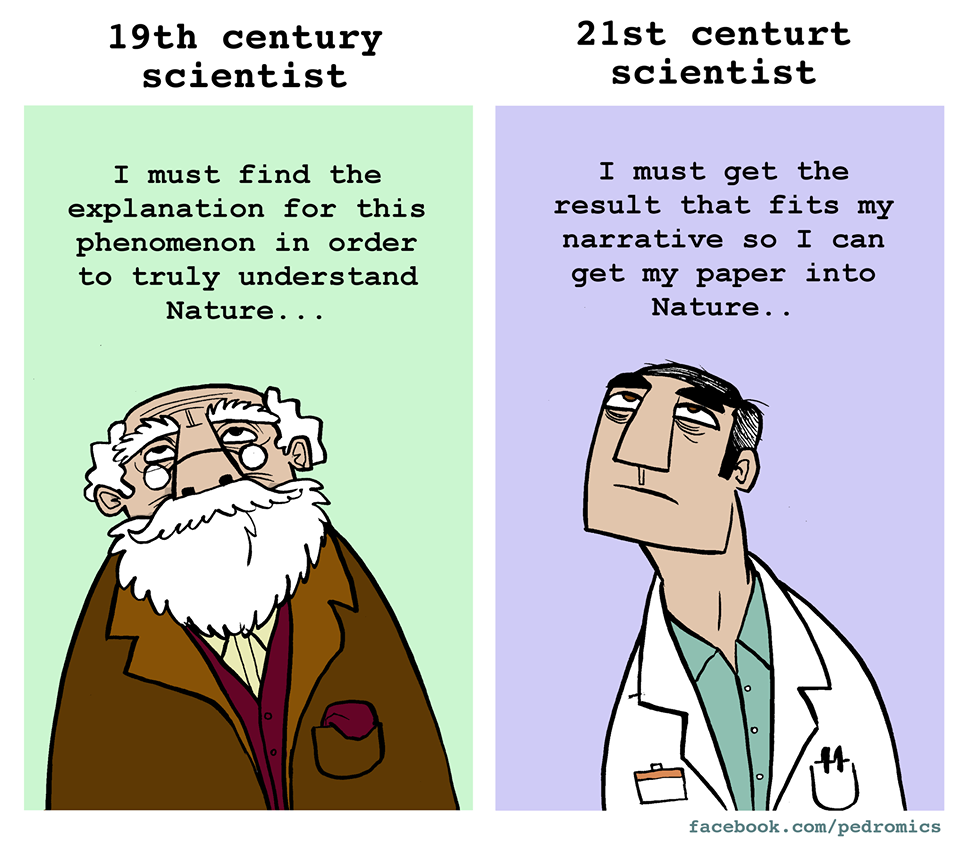Later this year it is intended that the
Big Scrub Landcare group and many other contributors will release a book on people's connection with the
'Big Scrub'. It will be a multi-faceted book that introduces the emotional connection that people can have with a lovely part of the world. The book will even help picture the geological events that contributed to the formation of the amazing region. I understand that the book is intended to be launched in September at annual Big Scrub Rainforest Day. For those that would like some background information on the geology of the 'Big Scrub' I have provided a detailed outline of the rock types and events that went into building the foundations of this forest. There is a fair bit of information so I've broken this history into a series of blog posts. The book will have a different emphasis to this series of posts and will be a high quality visual feast. So I'll let everyone know more details about the book closer to the release date.
The oozy beginning
The history of the ‘Bigscrub’ starts a very long time in the past, yet it may be a surprise that by Australian standards the geology of our region is comparatively young. The oldest parts of Australia are 4400Ma (4400 million) years old but our little part of the Australian continent did not exist back then. It was not until 363-320Ma that the foundation rocks of our region were formed. These rocks are called the Neranleigh-Fernvale Beds
 |
| The Neranleigh-Fernvale Beds at Broken Head National Park near Byron Bay |
The Neranleigh-Fernvale Beds are derived from the deep sea. In the Devonian Period sediments settled to the bottom of the deep sea crust. The sediments were at first very fine and mainly consisted of the microscopic silica based skeletons of algae called pelagic ooze. The amount of sediment was only slowly deposited but over a long time a great thickness accumulated. Occasionally thicker layers of mud would be deposited from submarine landslides which occurred at the edge of the far away continental land masses, rarely submarine volcanoes laid down lava that was quickly solidified by the deep, cold ocean water.
The process of plate tectonics means that oceanic plates move slowly under continental plates. Gradually, as this process continued during the Carboniferous our area came closer to the continental landmass as the oceanic plate was subducted (is pushed under) under the Australian continent. Tall active volcanic mountain ranges existed along the edge of the continent much like the mountain ranges of the Andes Mountains in South America today. As our area approached the continent it meant that the size of particles increased. Erosion of the mountain ranges and continuing submarine landslides created layers in the sediments called turbidite sequences. These are sequences where the bottom is coarse grained (usually sandy) and the top is fine grained (mud). This is because fine sediments take longer to fall out of the water. Subsequent nearby landslides would start a new layer with coarse grained sands followed by finer grained mud and so on.
 |
| Neranleigh-Fernvale Beds are quarried at many locations this is an old face at Teven |
Eventually our part of the oceanic crust with its mass of deep sea muds and turbidite travelled to the zone of subduction where the collision with the Australian plate forced the oceanic plate under it. In this process the sediments that are on the oceanic plate are squashed and stuck onto the continent. Australia’s size grew as the process of accretion built up a thick wedge of submarine mud and turbidite. The pressure of the crustal plates sliding past each other squashed the sediments together and bent the layers into a complex arrangement of folds and faults. These are what we now know as the Neranleigh-Fernvale Beds.
As mentioned before, the Neranleigh-Fernvale Beds are the foundation rocks of our region. Today they form the ‘basement’ of the coastal Australian landmass from Gympie in Queensland to Broadwater on the Richmond River. However, in our region they are mostly obscured by younger rocks (discussed below) though it is possible to view outcrops of turbidite in several areas. These include on the Wilsons River at Laverty’s Gap, at Tintenbar and on the escarpment at Uralba between Ballina and Alstonville. Quartzite (from the silica rich sediment) is present on a hill near Nashua.
At the earlier stages of the carboniferous period the collision of the oceanic and crustal plates in our region stopped. The Neranleigh-Fernvale bed formation had been completed. The continent with its new additions ‘relaxed’ as compression eased and eventually stopped. Many more millions of years passed and what happened during that time is lost to history. No rocks are preserved in our region from the next time period known as the Permian. It is probable that the ‘Bigscrub’ area remained stable for a long time with only erosion being the most significant geological process.
Part 2.



